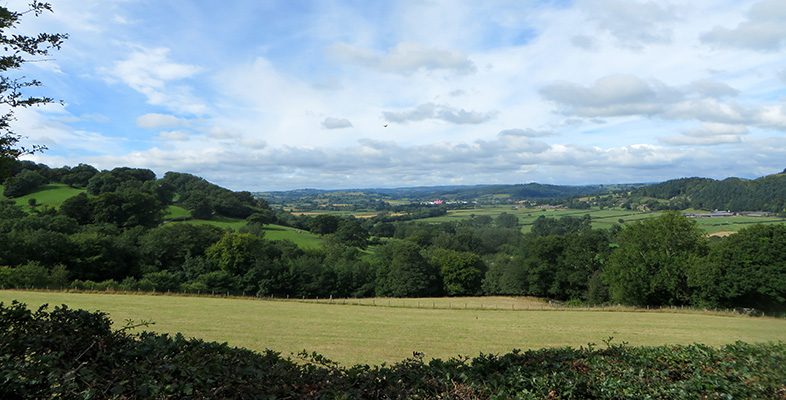4.4 Capabilities
Capabilities refer to the particular ways that your resources are used, that is, how production and distribution are organised. Resources are not productive on their own, but in the way they are utilised and in their interaction with other resources.
Capabilities define how this interaction or coordination takes place. Hence, firms can differ both in terms of the resources they own as well as in the way they make use of them. Competitive advantage comes from both.
Capabilities refer to the ability of organisations to manage specific types of general processes, such as distribution or manufacturing processes.
Core competences
Core competences are a company’s most important strategic capabilities. They are a set of differentiated skills, complimentary assets and routines that give a business its competitive edge and therefore its commercial advantage over its competitors. An example would be the collective knowledge and skills that employees of the business have, i.e. information about processes, for example, that are understood throughout the company.
Prahalad and Hamel (1990) differentiate strategies based on products and those based around their core competences. The former focus on end products, with a protective view of internal labour. The latter focus instead on a company’s ability to develop the core capabilities and knowledge that can be used across products.
Prahalad and Hamel suggest that the first view will only operate in the short term, where competitiveness depends on price and performance of current products. In the long run, success will depend on the ability to invent new products and adapt to a changing market.
To illustrate this, if we look at Gwenllian’s business we can see that her knowledge-based strategy, based on core competencies, concerns her language and subject-specific specialisms, as well as her skills in using the latest communication technologies to deliver learning. These are knowledge and skills that are difficult to replicate and which will give her business its competitive edge. However, she will need to ensure these are regularly updated if she is to maintain this edge.
Physical resources can be bought, capabilities take time to develop. Support is available to help you develop your core competencies, or fill any gaps you identified earlier. Organisations like Business Wales [Tip: hold Ctrl and click a link to open it in a new tab. (Hide tip)] and Wales.com, as well as the Wales Co-operative Centre have a number of support programmes and may also be a source of further information about training. You may find other support locally perhaps at a local college, university or agency which run regular training events.
Task 27: Identifying competency
Identify the core competences of your new company. What is essential to the very being of the organisation?
Make a note of these.
Discussion
Case study: Euan
Euan might consider that a core competence is familiarity with the workings of a biodiverse farm. Alongside this, he has a rural location, access to a suitable production location and raw materials for his supplies. While he needs to learn the skills of brewing, his ability to seek, find and build relationships with similar companies is also essential to the success of the business.
Case study: Gwyneth
Gwyneth understands that a core competence for her is to produce high quality, local jams, preserves and chutneys. She also has to build good relationships with her customers to make them want to revisit her at her stall or look forward to her site visit as a highlight of their working day!
Case study: Julia
Julia needs to ensure that she and her team of volunteers have the core competences of retail practice and customer service skills that will be needed to run a community shop.
Case study: Gwenllian
Gwenllian recognises that her core competencies lie in her language skills and her ability to use the latest communication technology in order to keep costs down and maintain flexibile delivery of a high quality product.
Case study: Dafydd
Dafydd knows that his core skills are in sheep farming, his knowledge of renewables, and his ability to provide a unique holiday rental experience on a working farm. His core competency is being able to combine his knowledge and skills for the benefit of others.
Case study: David
David has a core skill in joinery, and his core competence is in producing unique, bespoke pieces of furniture.
